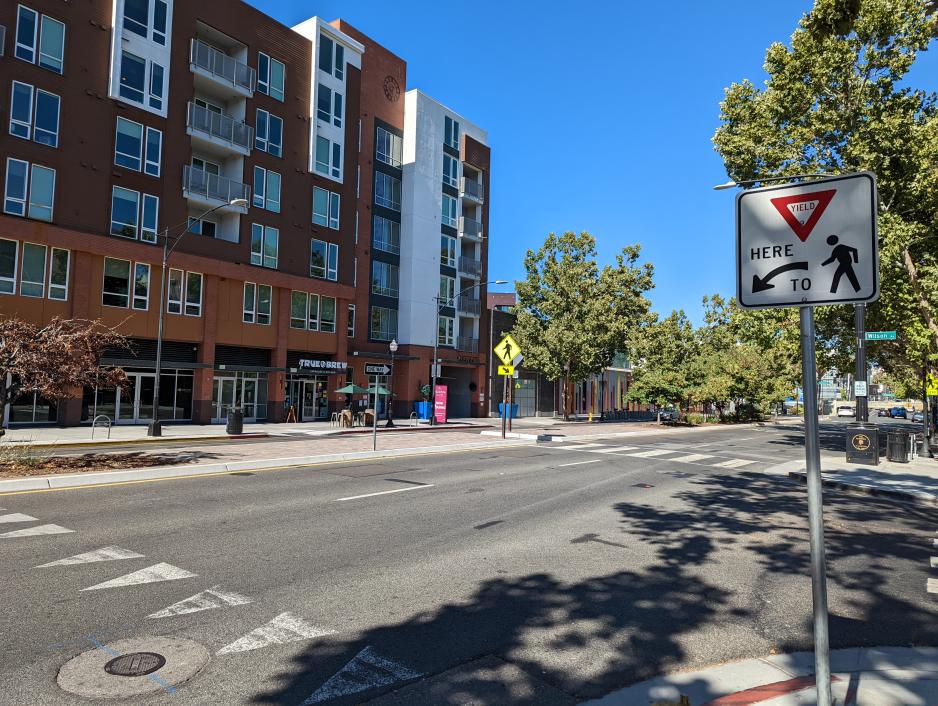Clearly articulate the uses proposed for a particular site, since jurisdictional mixed-use zoning tends to promote different combinations of uses in various locations. For example:
- Specify the number of both residential and non-residential dwelling unit square footage (including those below-market rate) and show locations and phasing for specific uses clearly on all site plans and related submissions to the reviewing jurisdiction.
- Include narrative and/or tabular descriptions matching proposed development to jurisdiction policies and standards, including balance of job creation to employed residents and/or housing provision.
- Be prepared to finance different land uses separately, such as by pursuing Low-income Housing Tax Credits for below-market-rate dwelling units and Small Business Association 504, Second (or “Mezzanine”), or Preferred Equity loans for non-residential components, as appropriate.
Body
